When it comes to caring for your eyes, it can be tough to find simple guidance. This may be because there are so many distinct types of exams, lenses, and physicians involved in eyecare. For instance, eye refraction exams are common, but they also sound complicated at first glance. Those new to this field might be wondering, “What is an eye refraction exam?” Allow us to shed some light on this common, non-invasive procedure.
Eye Refraction Exams
As their name implies, these routine examinations assess refraction within patients’ eyes. Refraction simply refers to the bending of light as it passes through different materials. Try placing a straw or pencil in a clear glass of clean water to see this for yourself. Healthy eye refraction properly focuses light directly on the retina, allowing for accurate vision without correction.
An eye refraction exam serves to evaluate the quality of a patient’s vision and how healthy their eyes are. It will help the optometrist decide if their patient needs prescription lenses to see clearly. This is often the case in patients who suffer from refractive errors such as nearsightedness, farsightedness, or astigmatism.
Refraction exams also help eyecare physicians gather information about their patients’ overall eye health. For example, if a patient suffers from cataracts, then they may be a suitable candidate for surgery. Similarly, they may also be screened for conditions commonly associated with aging, such as presbyopia and macular degeneration. Other conditions that may be identified with refraction exams include glaucoma and diabetic retinopathy.
Eyecare specialists often perform these tests as follow-ups to routine eye exams. If you’re sent for an eye refraction exam, then don’t worry! This simple test is quick, painless, and completely safe. It’s always performed by a highly trained professional to ensure you get the best eyecare possible.
How Are Eye Refraction Exams Performed?
Eye refraction exams reveal whether or not a patient would benefit from surgery, prescription glasses, or contact lenses. They can also determine if any vision changes have occurred since their last check-up. During this test, patients will typically be asked to try and read small letters from several yards away, either with or without assistance.
When you take an eye refraction exam, your physician will generally assess how clearly you can see a distant chart. They often ask you to read the smallest row of letters from about 20 feet away. Young children tend to view a different chart with small images instead of letters. Your optometrist may also ask you to read from a page featuring paragraphs of assorted sizes. Again, children sometimes benefit from simple pictures rather than written words during this step.
Optometrists often employ different tools during eye refraction exams. For instance, they may use a
retinoscope to shine a soft beam of light into their patient’s eyes. This is especially useful for infants and young children who struggle with other methods. Optometrists may also use a computer-assisted technique called auto-refraction. In other cases, they utilize various lenses on a phoropter or refractor device to perform subjective refraction. This requires participation from the patient to find which lens provides the best results.
Ask Us about Eye Exams
Regular eye check-ups are essential, regardless of your age, lifestyle, and family history. They’re some of the best ways of finding common refractive errors and maintaining eye health over time. That’s why
we recommend scheduling routine eye exams at least once per year. If you’re due for an annual check-up or are developing concerning symptoms, then please
call or
reach out online today. We’d be happy to schedule a refraction exam to determine the best course of action moving forward.

